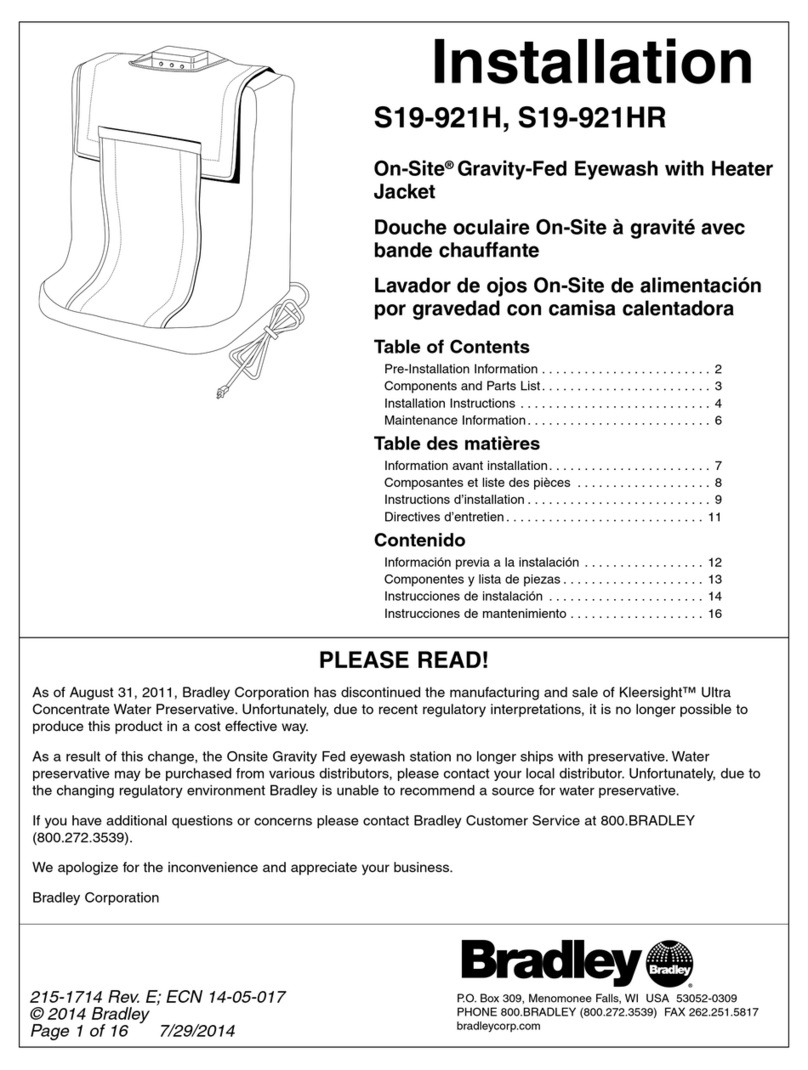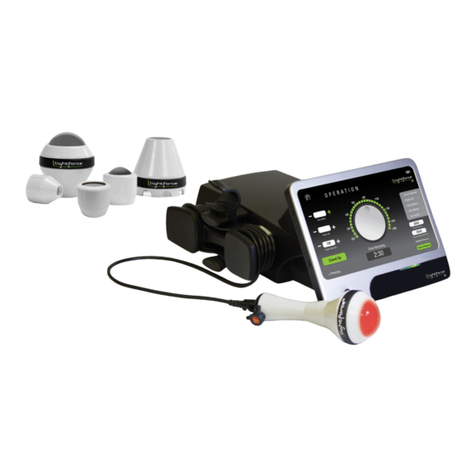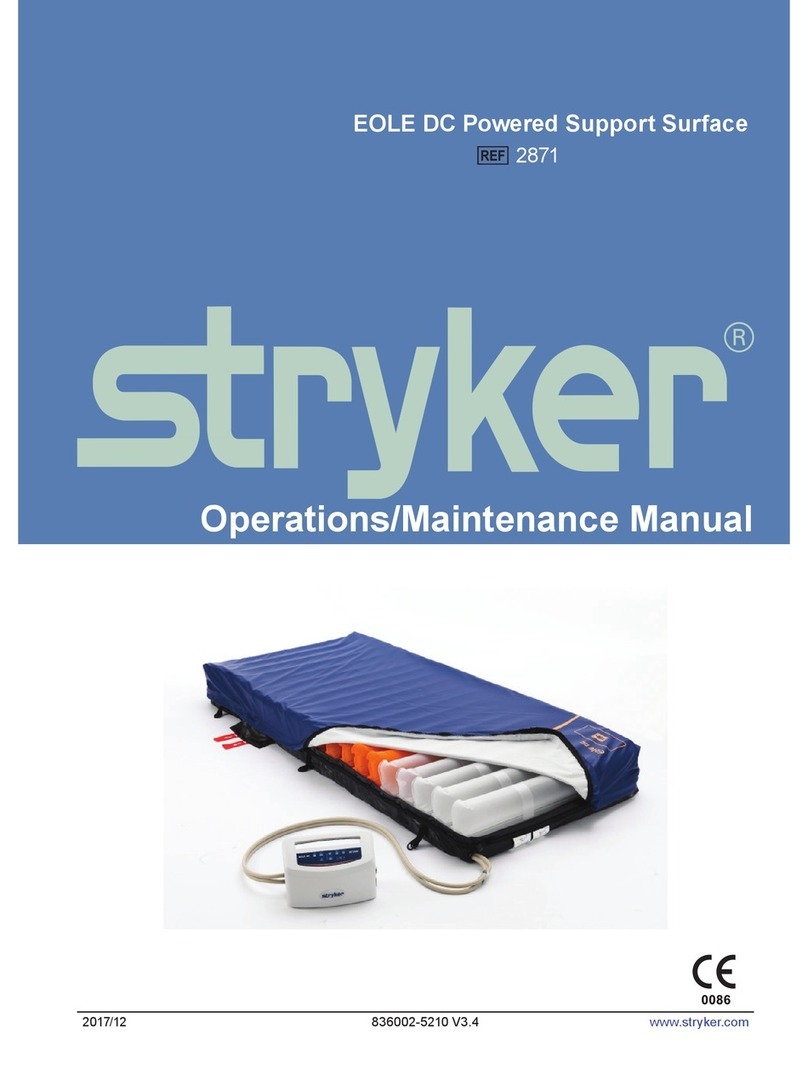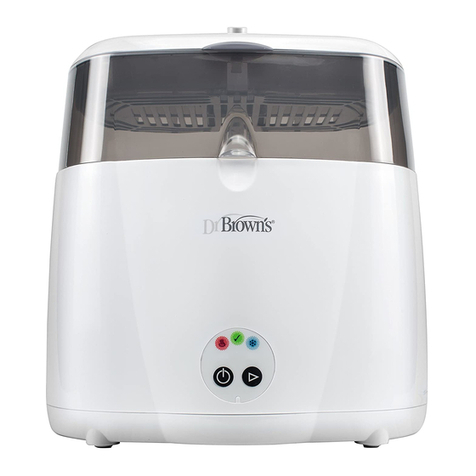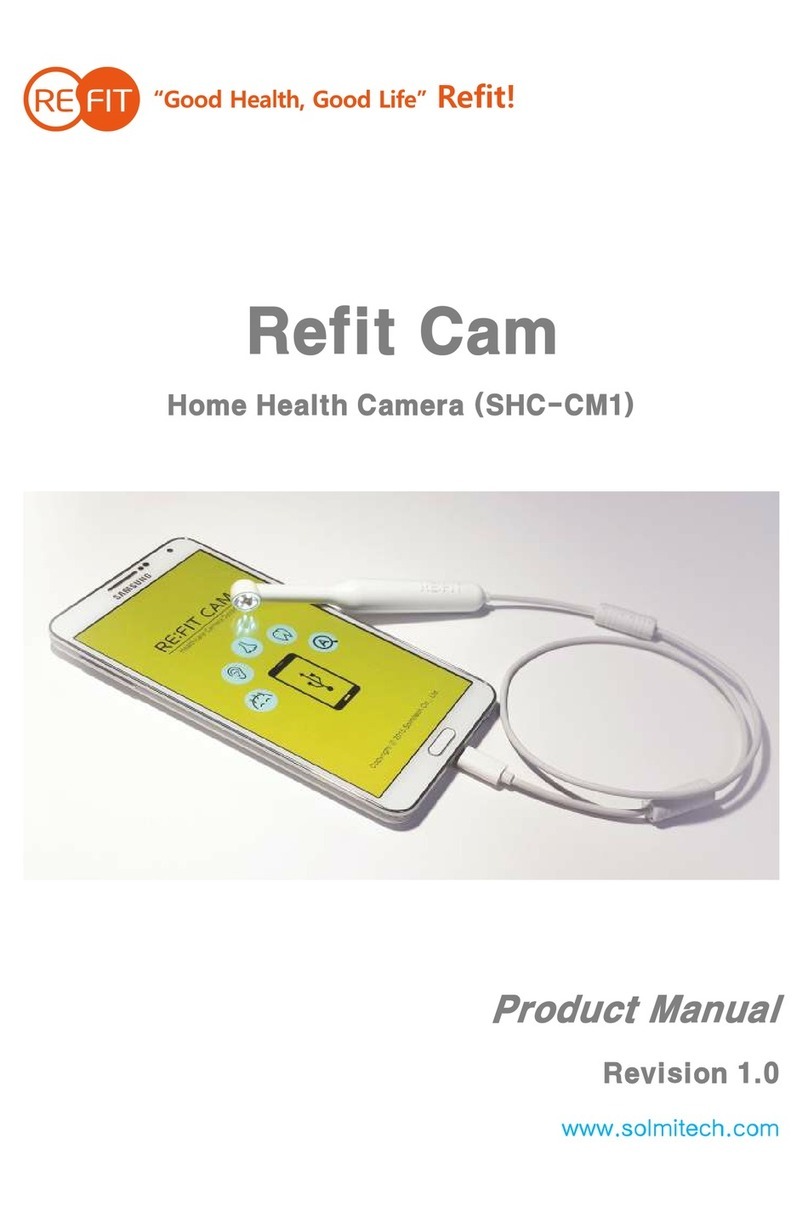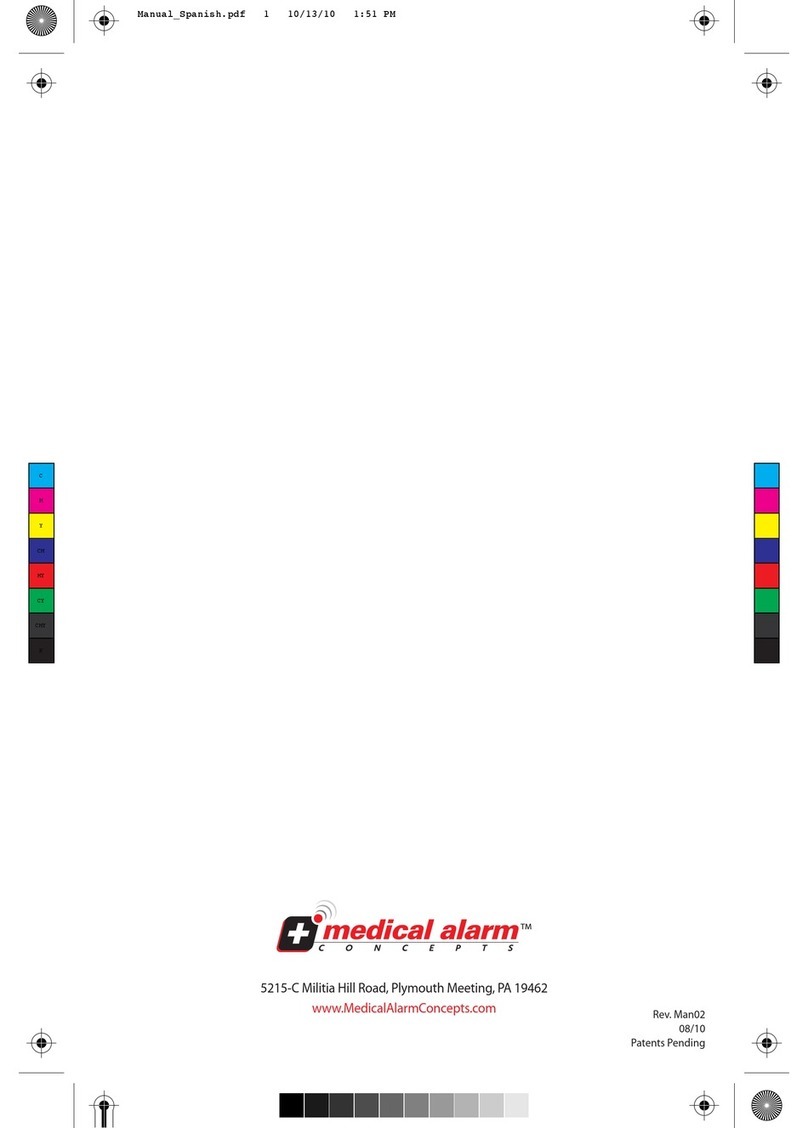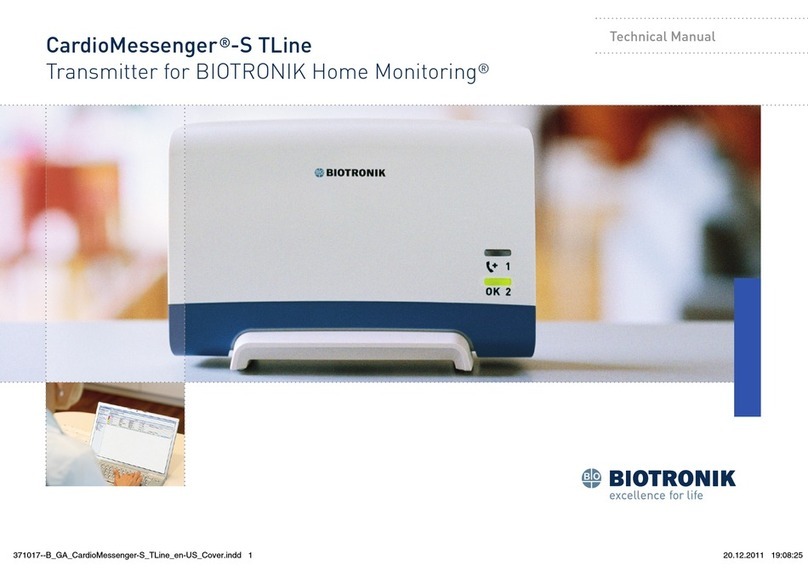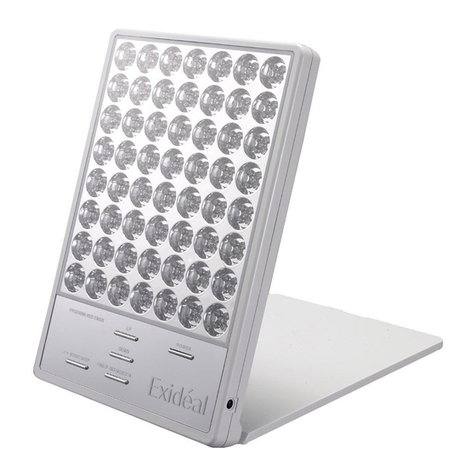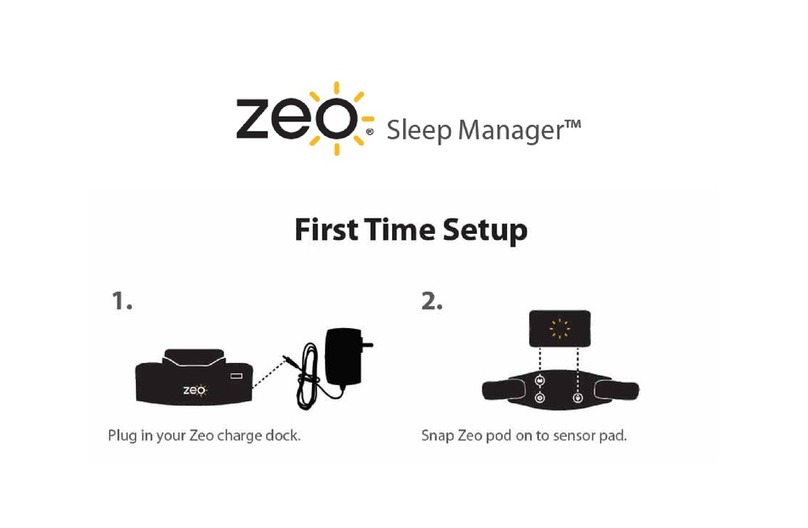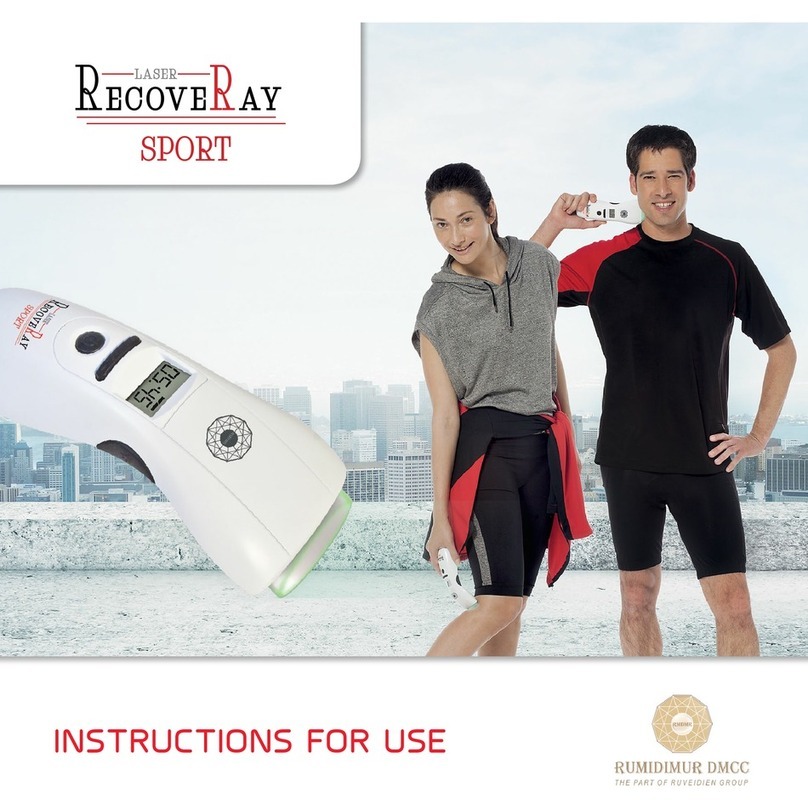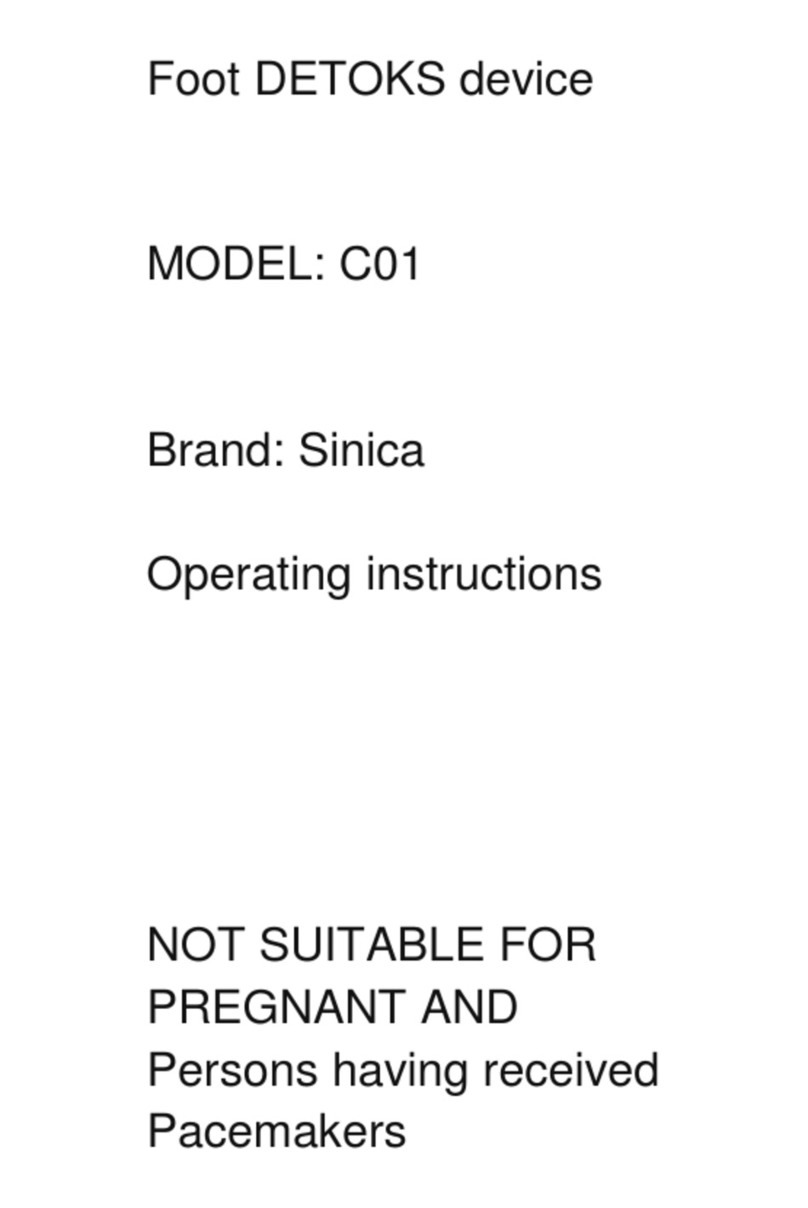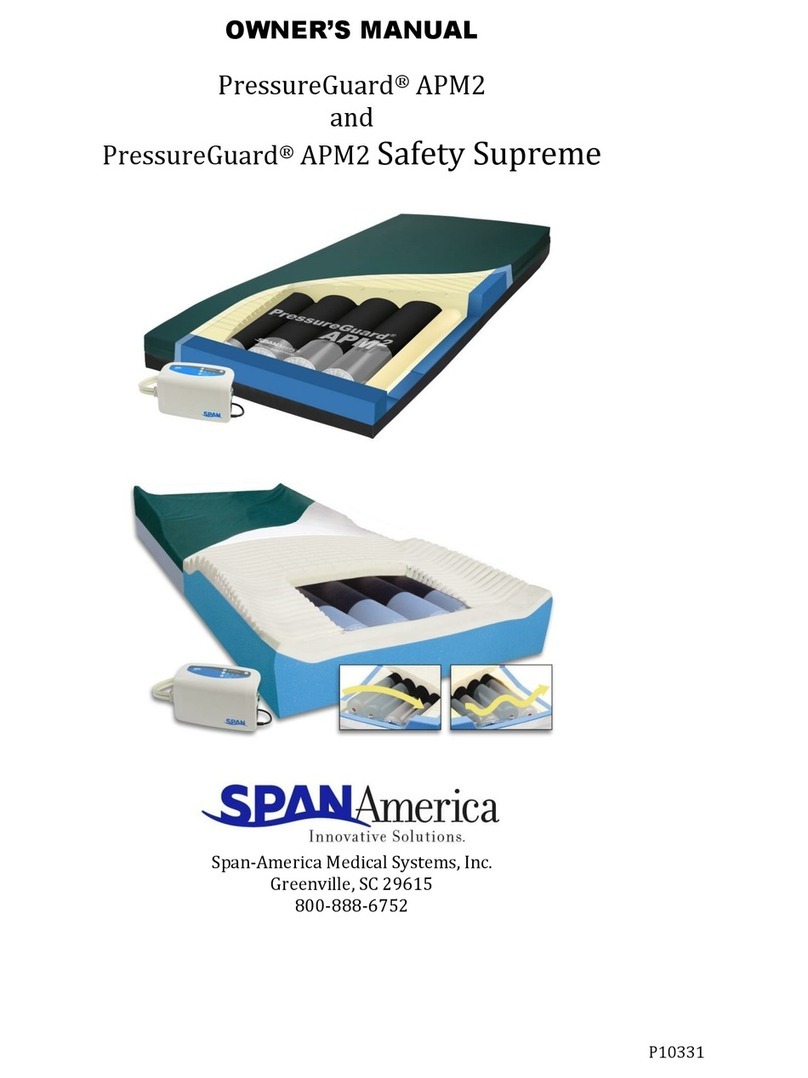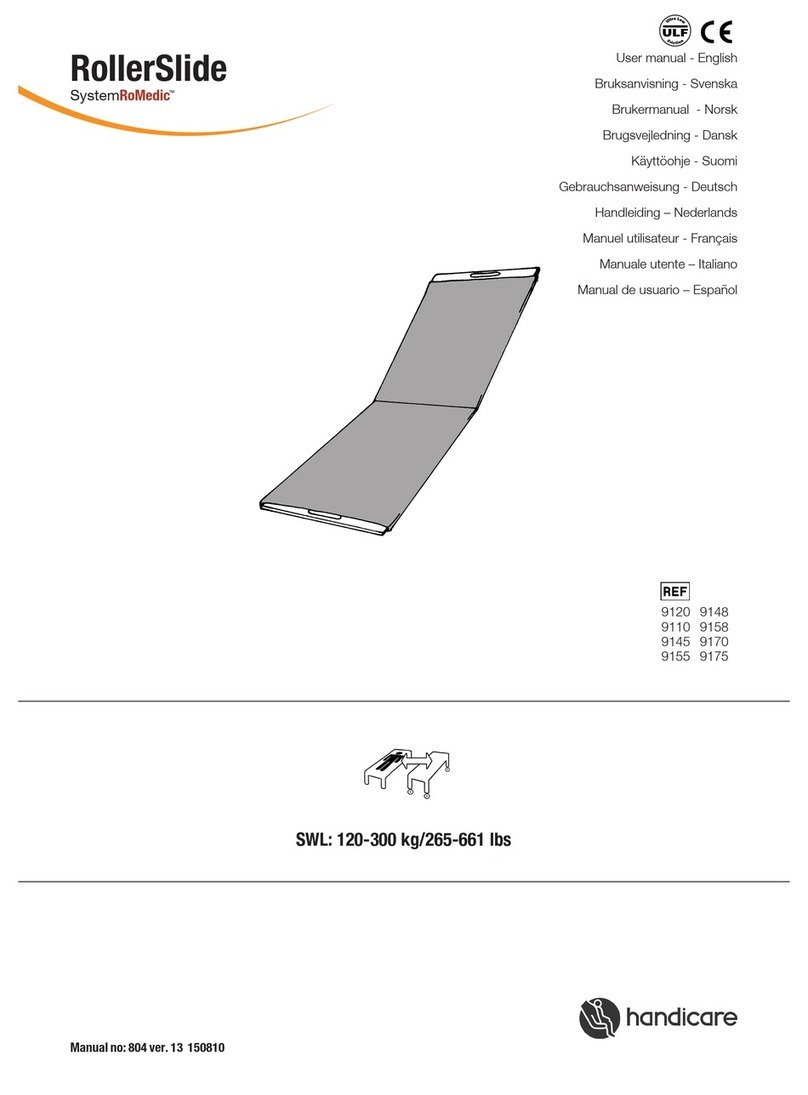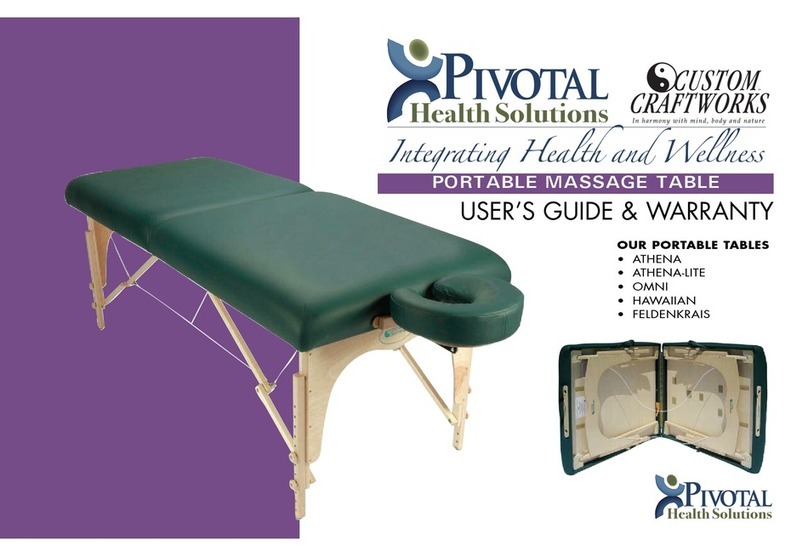
9
The Instructions for Use, which accompanies this product, may
be revised from time to time and must therefore be reviewed
prior to each procedure in which the product is used.
ENGLISH
Symbol explanation
Keep away from direct sunlight and heat.
Keep dry and away from rain and other moisture.
Contents
1. Descriptive information............................................................10
1.1 Intended use..........................................................................10
1.2 CONTRAINDICATIONS ........................................................10
1.3 Description of the devices................................................11
1.4 WARNINGS..............................................................................14
1.5 PRECAUTIONS .......................................................................16
2. Instructions for use.....................................................................17
2.1 Preparation and assembly of the speaking
devices............................................................................................17
2.2 Insertion and usage of Speaking Valve
with HME 15 / 22.........................................................................18
2.3 Insertion and usage of HME DigiTop and HME
DigiTop O2......................................................................................19
2.4 Removal of the HME from the speaking devices......20
2.5 Pediatric Use..........................................................................20
2.6 Cleaning and disinfection ................................................21
2.6.1 Cleaning of the speaking devices..........................21
2.6.2 Disinfection of the speaking devices....................22
2.7 Storage instructions............................................................23
2.8 Device lifetime......................................................................23
2.9 Disposal...................................................................................23
2.10 Accessories ..........................................................................23
3. Additional information.............................................................23
3.1 Compatibility with MRI Examination............................23
3.2 Ordering information.........................................................23
3.3 User assistance information.............................................23
